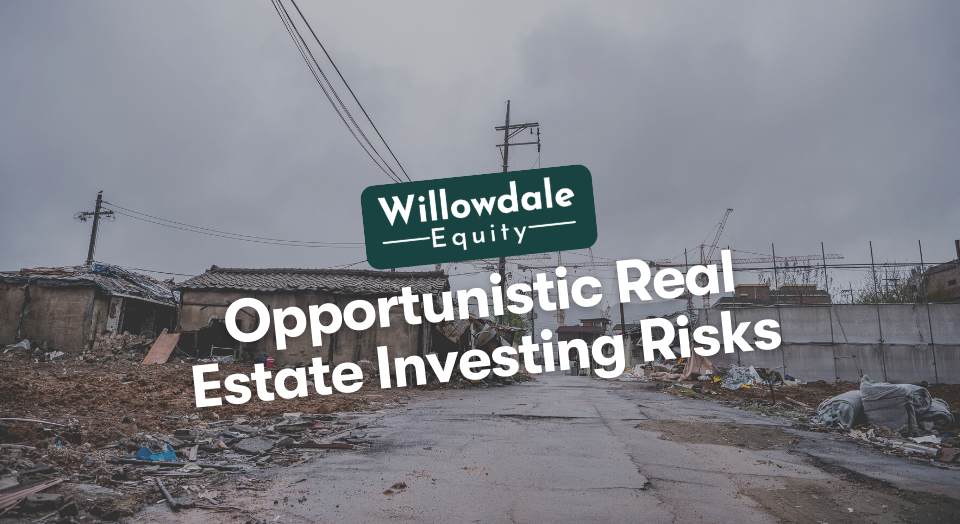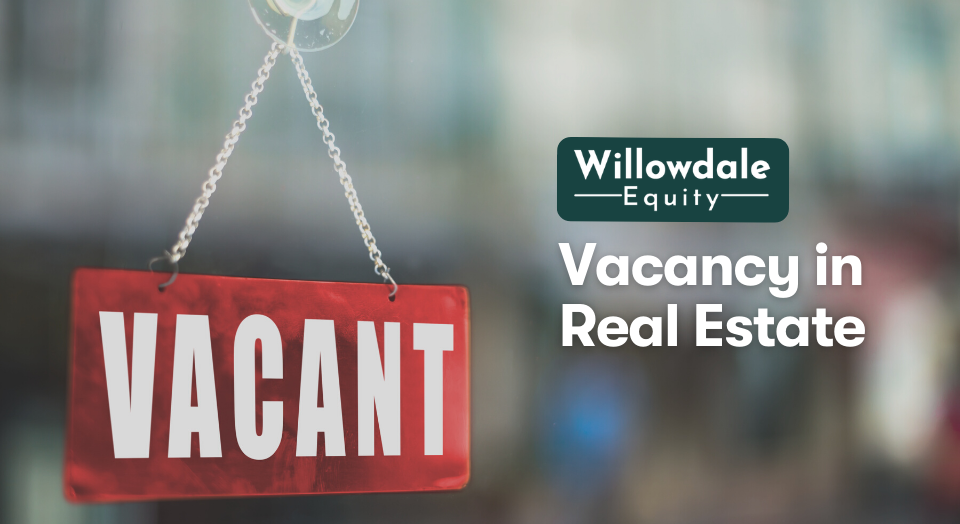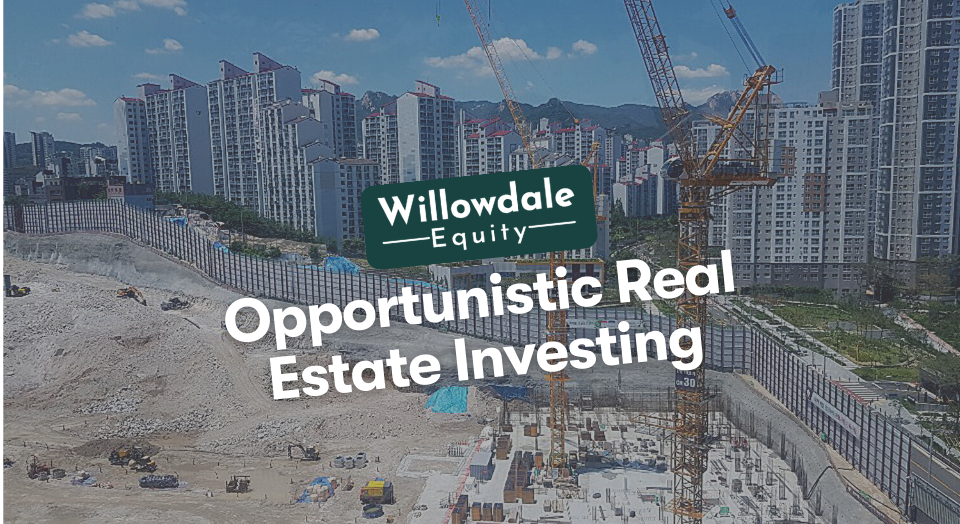
What is Opportunistic Real Estate Investing?
Opportunistic real estate can be a very lucrative investment strategy when you have the right opportunity with the tight operator at the right time.
In this article, we’ll go through the different types of opportunistic commercial real estate deals, the exit strategies, and why an investor would choose to invest in one.
Key Takeaways
-
Opportunistic real estate investing refers to seeking out and taking advantage of unique or undervalued real estate opportunities to achieve high returns.
-
The most common opportunistic real estate deal types are ground-up construction, revdevelopment, and distressed assets.
-
Overall, an opportunistic investment can be a potentially lucrative strategy for investors willing to take on higher levels of risk to potentially achieve higher returns. However, it is essential for investors to carefully assess the potential risks and rewards of each opportunistic deal before making a decision.
What is Opportunistic Real Estate Investing?
Opportunistic real estate investing refers to seeking out and taking advantage of unique or undervalued real estate opportunities to achieve high returns. These opportunities may involve purchasing properties that require significant renovations and repairs, brand-new development, or changing the use of a property, for example. Opportunistic real estate investors are typically willing to take on higher levels of risk to potentially achieve higher returns.
What are the Types of Opportunistic Real Estate Deals?
There are several types of opportunistic real estate deals that investors may pursue.
Some of the most common types include:
- Ground up Construction
- Redevelopment
- Distressed Assets
Ground Up Construction

This opportunistic real estate deal involves purchasing raw land and building a new structure from the ground up.
This can be a risky investment, as it requires a significant amount of capital upfront, and there is no guarantee that the finished project will be successful. However, the investor can achieve high returns if the project is successful.
Redevelopment

Redevelopment opportunistic properties involve purchasing an existing property and making physical improvements or redeveloping it in order to improve its value. This can include anything from simple renovations to major overhauls, such as tearing down an old building and rebuilding it from scratch.
Redevelopment deals can be risky, as there is always the possibility that the renovations will not be successful or that the final product will not be in high demand.
Distressed Asset

A distressed asset is a property in financial distress, often due to the owner’s inability to make mortgage payments or maintain the property.
These properties may be sold at a significant discount, and opportunistic investors may be able to purchase them and then either hold onto them until they can be sold at a higher price or renovate them and sell them for a profit.
The Potential Exits for a Opportunistic Real Estate Investment
There are several potential exits for an opportunistic real estate investment, including:
- Selling the property: The most common exit strategy for an opportunistic real estate investment is to sell the property once it has been renovated or redeveloped. This can be done through a traditional real estate sale or through a sale to a real estate investment trust (REIT) or other institutional investors.
- Refinancing: Once the value of the property has significantly increased post renovations or redevelopment, the investor can refinance the property and use the proceeds to pay off the original loan and hold the deal longer.
- Holding onto the property: In some cases, an opportunistic real estate investor may choose to hold onto the property and collect rental income from it. This can be a long-term investment strategy, as the investor will continue to collect rental income until they decide to sell the property.
Why Would an Investor Choose an Opportunistic Deal over a Stabilized Deal?
There are several reasons why an investor may choose an opportunistic real estate deal over a stabilized deal. Some of the most common reasons include:
- Higher potential returns: Opportunistic real estate deals have the potential to achieve higher returns than stabilized deals, as they involve taking on higher levels of risk.
- Unique opportunities: Opportunistic deals often involve unique or unusual opportunities that may not be available in a stabilized market. This can include properties in emerging markets or properties that are in need of significant renovations or repairs.
- Flexibility: Opportunistic deals can be more flexible than stabilized deals, as they often involve properties that still need to be fully developed or are in need of significant renovations. This can allow investors to customize the property to their specific needs or vision.
Frequently Asked Questions About Opportunistic Real Estate
Opportunistic funds are investment funds formed to seek out more speculative and potentially highly lucrative investment opportunities.
The most conservative private real estate strategy is to invest in stabilized day-one cash-flowing hard assets like multifamily apartment communities. The most conservative strategy within these asset classes is core investments, with a close second being core plus real estate investments.
Opportunistic Real Estate Investments - Conclusion
Overall, an opportunistic investment can be a potentially lucrative strategy for investors willing to take on higher levels of risk to potentially achieve higher returns. However, it is essential for investors to carefully assess the potential risks and rewards of each opportunistic deal before making a decision.
If you’re interested in getting access to private value-add multifamily investment opportunities across the southeastern united states, join the investors club here at Willowdale Equity.
Key Highlights
📈 Increase in Value After 15 Months – 80%
📈 Increase in Value After 21 Months – 119%
📈 Return of Investors Capital on Refinance – 62.5%




